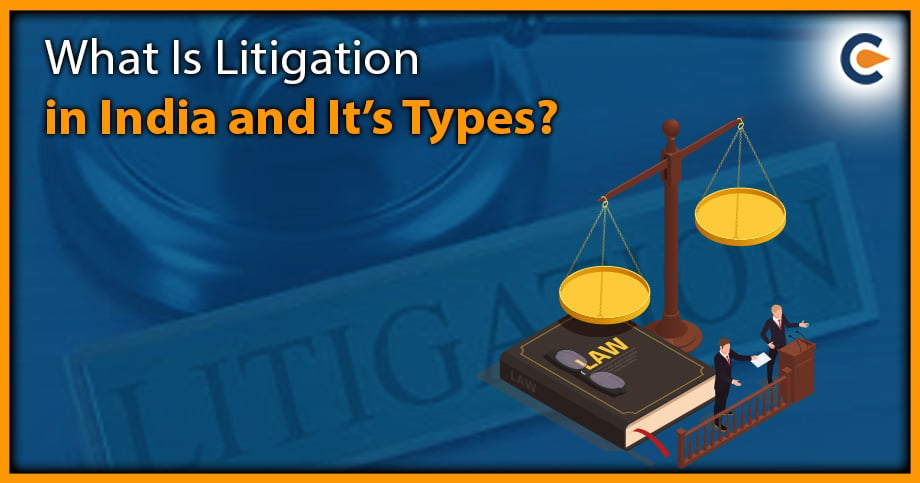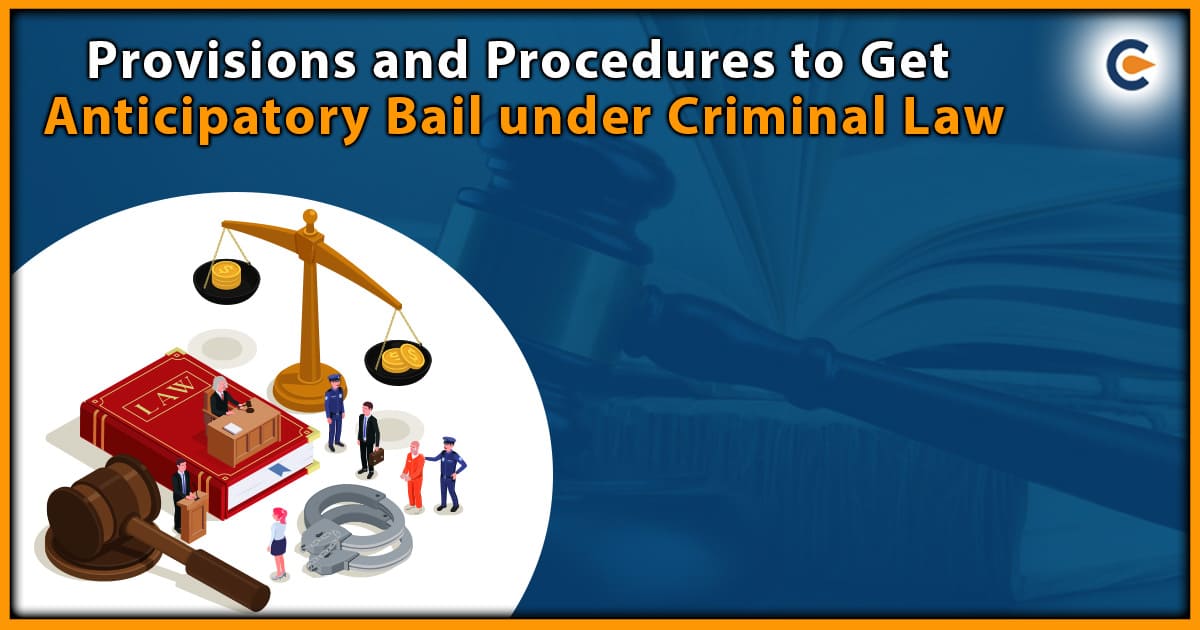Litigation is an essential tool for resolving disputes in India. Despite the challenges faced by the Indian legal system, more people are turning to the courts to seek justice. With the introduction of new technologies and reforms, the scope and nature of litigation in India are expected to evolve in the coming years, making the legal process more efficient and accessible.
Litigation: An Overview
Litigation in India can be a complex and lengthy process, governed by a complex array of laws and regulations. India has a well-established legal system, with a network of courts and tribunals at the national, state, and local levels.
Litigation in India can involve a range of disputes, including civil disputes, criminal cases, tax litigation, and intellectual property disputes. Litigation typically begins when a party files a case in court, and the opposing party has an opportunity to file a response.
The Indian legal system operates on the principle of adversarial litigation, where each party presents their arguments and evidence to the court. In some cases, mediation or arbitration may be used to resolve disputes outside of the court system.
The Indian court system has a hierarchy of courts, with the Supreme Court at the top, followed by high courts, district courts, and lower courts. Appeals from lower courts can be made to higher courts, with the Supreme Court being the final court of appeal.
Litigation in India can be time-consuming and expensive, with cases sometimes taking years to be resolved. However, legal professionals in India are trained in the intricacies of the legal system and can provide expert guidance to clients navigating the complex legal landscape.
Scope and Nature of Litigation
Litigation is a legal process of resolving disputes between two or more parties through the court system. The scope and nature of litigation in India have expanded over the years, influenced by various factors such as economic growth, changes in societal norms, globalization, and advanced technology.
- Scope of Litigation in India:
The scope of litigation in India is broad and encompasses a wide range of legal cases, including civil, criminal, corporate, family, labor, taxation, intellectual property rights, constitutional, environmental, and human rights issues. In recent years, there has been a significant increase in the number of cases filed in courts across the country due to social and economic factors, such as urbanization, industrialization, and changing socio-cultural norms.
- Nature of Litigation in India:
The nature of litigation in India is complex and time-consuming. It involves the involvement of various stakeholders such as judges, advocates, litigants, and court personnel. The process of litigation is adversarial in nature, with each party trying to present their case in the best possible light. Litigation in India also involves the use of various legal procedures such as oral arguments, written pleadings, discovery, and cross-examination of witnesses.
One unique feature of litigation in India is the concept of delayed justice. The Indian legal system is plagued with several issues such as a backlog of cases, a slow pace of trials, and inadequate infrastructure. Due to these challenges, it can take years, if not decades, for a case to be resolved.
Another notable aspect of litigation in India is the use of alternative dispute resolution mechanisms. Courts encourage litigants to explore mediation and arbitration as an alternative to traditional litigation. These tools can help parties resolve disputes quickly and effectively, without the need for lengthy court procedures.
| Need for Litigation | Types of Litigation |
|---|---|
| Resolve Disputes | – Civil Litigation – Commercial Litigation – Personal Injury Litigation – Contractual Litigation – Employment Litigation -Property Litigation – Environmental Litigation – Product Liability Litigation |
| Protect Rights | – Criminal Litigation – Family Law Litigation – Constitutional Litigation |
| Enforce Contracts | – Bankruptcy Litigation – Debt Collection Litigation – Insurance Litigation |
Types of Litigation
- Civil Litigation
- Criminal Litigation
- Constitutional Litigation
- Labor and Employment Litigation
- Intellectual Property Litigation
- Land Acquisition and Property Litigation
- Environmental Litigation
- Matrimonial and Family Litigation
- Tax Litigation
- Insolvency and Bankruptcy Litigation
- Civil Litigation:
Legal disputes between individuals or entities, involving issues such as breach of contract, personal injury, property damage, and intellectual property disputes.
- Criminal Litigation:
Proceedings initiated by the state against an individual or entity accused of committing a crime, including offenses such as theft, assault, fraud, and drug offences.
- Constitutional Litigation:
Legal disputes related to the interpretation and application of constitutional law, including issues such as civil rights, freedom of speech, due process, and the separation of powers.
- Labour and Employment Litigation:
Legal disputes arising from the employer-employee relationship, such as wrongful termination, discrimination, harassment, and breach of contract.
- Intellectual Property Litigation:
Legal disputes related to intellectual property rights, including patents, trademarks, and copyrights.
- Land Acquisition and Property Litigation:
Legal disputes related to the acquisition, development, and use of land and property, including zoning disputes, boundary disputes, and eminent domain.
- Environmental Litigation:
Legal disputes related to environmental issues, such as pollution, hazardous waste, and resource extraction.
- Matrimonial and Family Litigation:
Legal disputes related to family law matters, such as divorce, child custody, spousal support, and adoption.
- Tax Litigation:
Legal disputes related to corporate or individual tax liability, including issues such as tax fraud, evasion, and errors in tax filings.
- Insolvency and Bankruptcy Litigation:
Legal disputes related to the insolvency or bankruptcy of individuals or entities, including issues such as debtors’ rights, creditor actions, and bankruptcy fraud.
| Type of Litigation | Description |
| Civil Litigation | Legal action between private parties, organizations, or government entities where the plaintiff seeks compensation for some injury or harm caused by the defendant. |
| Criminal Litigation | Legal action initiated by the government against a person accused of committing a crime. |
| Administrative Litigation | Legal action is where a party challenges a decision made by a government agency, such as a permit or license denial. |
| Commercial Litigation | Legal action involving disputes between businesses or commercial organizations. |
| Employment Litigation | Legal action resulting from disputes arising between an employer and employee, such as discrimination or wrongful termination. |
| Intellectual Property Litigation | Legal action involves disputes over patents, trademarks, copyrights, or the misappropriation of intellectual property. |
| Environmental Litigation | Legal action involves disputes over environmental regulations, such as pollution or land use issues. |
| Family Litigation | Legal action involves disputes between family members, such as divorce, child custody, or adoption. |
Legal Aspect Relating to the Litigation and its Types
The Indian legal system provides for various provisions and Acts relating to litigation. Litigation can be broadly classified into civil and criminal litigation.
Civil litigation involves disputes between individuals, companies, or organizations related to property, contracts, or other civil matters. The provisions governing civil litigation in India include the Code of Civil Procedure, the Indian Contract Act, and the Limitation Act, among others.
On the other hand, criminal litigation deals with offenses against society as a whole, and the provisions governing criminal litigation in India include the Indian Penal Code, the Criminal Procedure Code, and the Indian Evidence Act[1].
Apart from these, there are specialized Acts as well, such as the Consumer Protection Act, the Motor Vehicles Act, and the Arbitration and Conciliation Act, which deal with disputes in specific areas.
In addition to the above-mentioned provisions, there are also alternative dispute resolution mechanisms such as mediation, conciliation, and arbitration to resolve disputes outside of litigation.
Overall, the Indian legal system provides a comprehensive framework for litigation and resolution of disputes, comprising various provisions and Acts to ensure fairness and justice.
Related Acts and Provisions
Litigation is the process of bringing legal action in court to resolve a dispute between two or more parties. In India, litigation is governed by various acts and provisions, including the Civil Procedure Code, the Criminal Procedure Code, the Indian Evidence Act, the Limitation Act, and other ancillary laws.
- Acts and Types of Litigation:
- Civil Litigation: Civil litigation encompasses all disputes between private parties, including contract disputes, property disputes, and personal injury claims. The Civil Procedure Code (CPC) lays down the provisions and procedures for the conduct of civil proceedings.
- Criminal Litigation: Criminal litigation involves offenses that are considered to be crimes under the Indian Penal Code. The Criminal Procedure Code (CrPC) lays down the provisions and procedures for the conduct of criminal proceedings.
- Public Interest Litigation: Public Interest Litigation (PIL) is a legal action initiated in a court of law for the protection of the public interest or in the interest of the general public. PIL can be filed by any person or association of persons in a court of law. The Supreme Court and the High Court have entertained PILs to protect public interests.
- Other Provisions of Litigation:
- Jurisdiction: Jurisdiction is the power of a court to hear and decide a case. The jurisdiction of a court is determined by the subject matter of the case, the location of the parties, and the value of the dispute. There are various types of courts in India, including the Supreme Court, High Courts, District Courts, and other subordinate courts.
- Limitation: Limitation refers to the time within which a legal action must be initiated. The Limitation Act prescribes the time limits for filing civil and criminal cases.
- Evidence: The Indian Evidence Act lays down the rules and procedures for the admissibility and evaluation of evidence in court. The evidentiary rules are designed to ensure that the evidence presented in court is relevant, reliable, and credible.
- Appeals: Appeals are the legal process by which a higher court reviews the decision of a lower court. The appellate courts are empowered to reverse or modify the decision of the lower court if they find errors or omissions in the proceedings.
- Execution: Execution refers to the process by which a court enforces its judgment. A court can issue various types of orders, including writs, injunctions, and decrees, to enforce its judgment.
Thus, litigation is an essential aspect of Indian law, and it can be initiated in various types of courts, depending on the subject matter and value of the dispute. The various acts and provisions governing litigation ensure that the court proceedings are conducted in a fair and transparent manner and that the rights and interests of the parties are protected.
Case Laws Relating to Different Types of Litigation
There are various types of litigation in India, and there are several case laws that exist. Here are some of them:
- Criminal Litigation:
- State of Maharashtra v. Madhukar Narayan Mardikar (2017): This case dealt with section 304 Part II of the Indian Penal Code (IPC), which deals with culpable homicide not amounting to murder. The court ruled that mere negligence cannot lead to conviction and that there must be a higher degree of negligence.
- State of U.P. v. Ram Swarup (1974): This case dealt with section 302 of IPC, which deals with murder. The court ruled that a person who causes the death of another person by a single blow of a weapon with the intention of causing death will be convicted of murder.
- Civil Litigation:
- Indra Sarma v. V.K.V. Sarma (2013): This case dealt with the Hindu Succession Act, of 1956, and whether a daughter could claim an equal share in ancestral property. The court ruled that daughters have equal rights as sons to ancestral property.
- Mohan Lal v. Union of India (2018): This case dealt with the jurisdiction of the National Green Tribunal (NGT) and whether it had the power to hear matters related to forest conservation. The court ruled that the NGT has the power to hear such matters.
- Intellectual Property Litigation:
- Novartis AG v. Union of India (2013): This case dealt with the patentability of a cancer drug called Glivec. The court ruled that the drug did not meet the criteria for being granted a patent under the Indian Patents Act, of 1970, as it was not a new invention.
- Indian Performing Rights Society v. Sanjay Dalia (2015): This case dealt with copyright infringement and whether a person who uses copyrighted material without permission can claim the defense of innocent infringement. The court ruled that such a defense is not available under the Copyright Act, of 1957.
- Employment Litigation:
- Central Inland Water Transport Corporation v. Brojo Nath Ganguly (1986): This case dealt with the scope of the Industrial Disputes Act, of 1947, and whether termination of employment without notice and payment of compensation amounts to retrenchment. The court ruled that it does.
- Air India v. Nargesh Mirza (1981): This case dealt with the validity of a retirement policy that selectively fixed the retirement age for women employees. The court ruled that such a policy was discriminatory and unconstitutional.
These are just a few examples, as there are many other case laws that relate to different types of litigation in India.
Conclusion
Litigation refers to the process of resolving disputes and legal issues through a formal court proceeding. It involves filing a lawsuit or legal claim, and then presenting evidence and arguments before a judge or jury. Litigation can occur between private individuals, businesses, or government entities, and typically involves matters such as contract disputes, personal injury claims, and intellectual property disputes. The ultimate goal of litigation is to obtain a favorable judgment or settlement that resolves the legal issue in question.
Read Our Article: How To Use Music On YouTube Without Breaking The Law?











